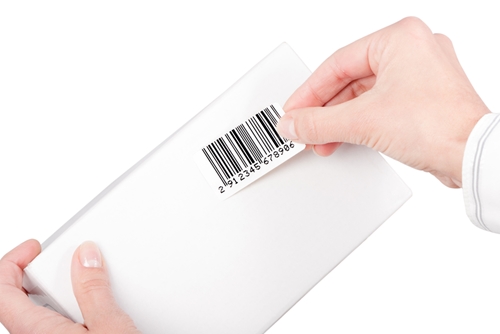The need for inbound and outbound serialization management
Most products that share the same SKU are identical, and there is no reason to differentiate them. Clothing items, toys, games – all of these products are identical, and retailers generally have no reason to try to tell one apart from another.
Making the case for serialization
However, there are some products in which case it is absolutely vital that retailers can tell which individual units are which. For example, merchants must be able to track how and where individual phones are sold, as they will each have their own service plan and need to be treated differently if any one of them is returned. For these goods, serialization is absolutely pivotal as it helps merchants keep track of items of the same SKU as unique products.
Serialized inventory can be used for many product types across numerous categories, but generally speaking, it is leveraged to keep track of high-value inventory, such as computers, electronics, jewelry, automotive parts, phones and other similar items. Each item within the SKU is assigned unique serial numbers, allowing merchants to track the individual product. This is pivotal for maintaining detailed records about the individual product – maintenance reports, recall information, warranty data, expiration dates and other individual data.
The serial number can be numeric or alphanumeric, and if the original manufacturer does not assign a serial number, the seller can do so themselves with the right inventory management solution. At the end of the day, the choice to serialize products comes down to two considerations: the cost of the item (high cost products tend to have more maintenance, and it is worth the extra effort to track them) or if it is a unique product. Conversely, low-cost, common items are generally not worth the effort of creating additional serial numbers.
If merchants want to leverage serialization, they need to use the appropriate inventory management and product information management solutions that will allow them to create and attribute serial numbers to specific products. Assigning serial numbers can be a complicated task, and disasters can occur when products are given duplicate alphanumeric codes. This is why merchants need solutions that make serialization easy and help them avoid any problems.
Making serialization easier with RFID
Serialized inventory can be combined with other retail technologies, such as radio frequency identification to help improve visibility within warehouses. Many merchants are utilizing item-level RFID to help them implement serialization.
RFID and serialization are optimal for retailers that manage stock in a first in, first out approach, which is a means of selling stock in which the first item received is the first item sold to customers. Newly received product is stocked behind older merchandise.
As retailers look to gain more transparency in their warehouses and improve stock visibility, serialization will prove pivotal. On top of that, it can also help companies better serve their customers. If a product is recalled, they can notify customers if they purchased the item. They can also track warranties and other elements more effectively as well. While not every item needs a serial number, having the option to assign them can only benefit savvy retailers that sell high-value and unique products.
Related Articles
How to improve inventory turnover
Why access to inventory in-store is important

